 By Pepper Parr
By Pepper Parr
March 28, 2016
BURLINGTON, ON
The city is bedeviled with what to do about parking – there are those who feel a parking spot is supposed to open up for them in exactly the place they want to put their vehicle. Many seem blind to the impact their vehicles have on the environment and even though they have more disposable income than they could possibly spend they howl over the cost of parking.
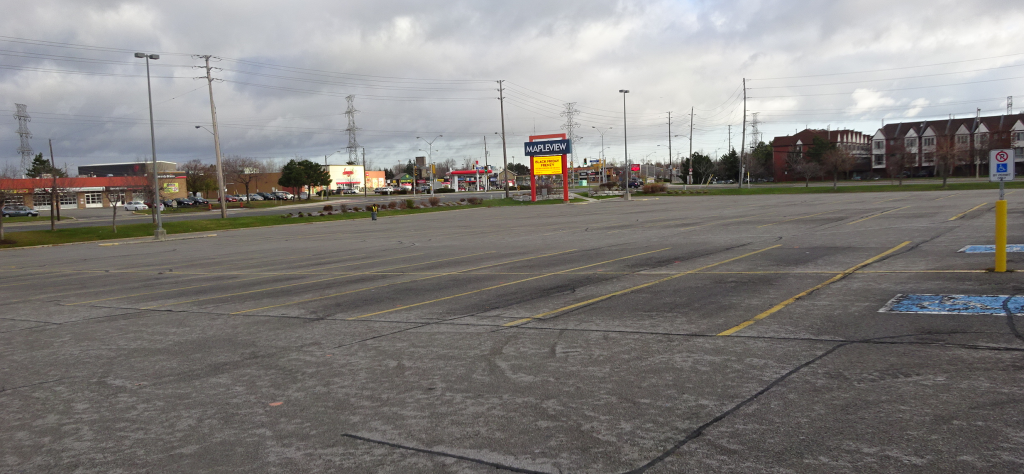
There are times when you can’t get a parking spot at the Mapleview Mall where there are acres of parking space. Is there a solution? We need one.
The city has two malls –one with fields of parking that are covered in asphalt that creates significant storm water management problems. The city owns more than half a dozen parking lots plus a multi-storey tower downtown that is rarely full. Developers are putting up structures for people who may well not require the amount of space the city rules require them to build – but the rules are the rules.
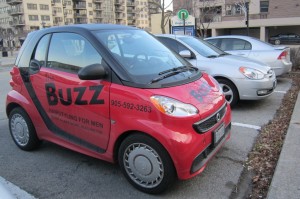
Could we begin freeing up some space and creating spots for just these little guys?
Many of the cars on the road these days are not as big – two could fit in the parking spots now underground but the rules don’t permit much flexibility.
The city has thousands of homes with garages – but residents complain about parking space because their garage is used as storage or a workshop.
The city does have some issues with parking – the biggest of which is public attitude.
The department of transportation is holding an Open House to gather public opinion as they work towards a major review of what the parking standards should be for the city.
Vito Tolone, the recently appointed Director of Transportation, has been around parking most of his municipal career – he knows what he is talking about. He does get a little excited at times during presentations but if you listen to him and pay attention to what he has to say – you will find he is usually right.
This project he is overseeing with the aid of the IBI Group who are serving as consultants to the city is to develop parking standards that:
• Are clear, defendable, and based on sound technical analysis;
• Recognize differences in existing land use and support the envisioned urban structure;
• Encourage transportation alternatives to the personal automobile, where available;
• Support efficient forms of development in terms of costs and land requirements; and
• Balance the needs and concerns of a diverse set of stakeholders including City staff, (who happen to get free parking for their cars), developers, businesses, ratepayer groups, TDM organizations, and the general public.
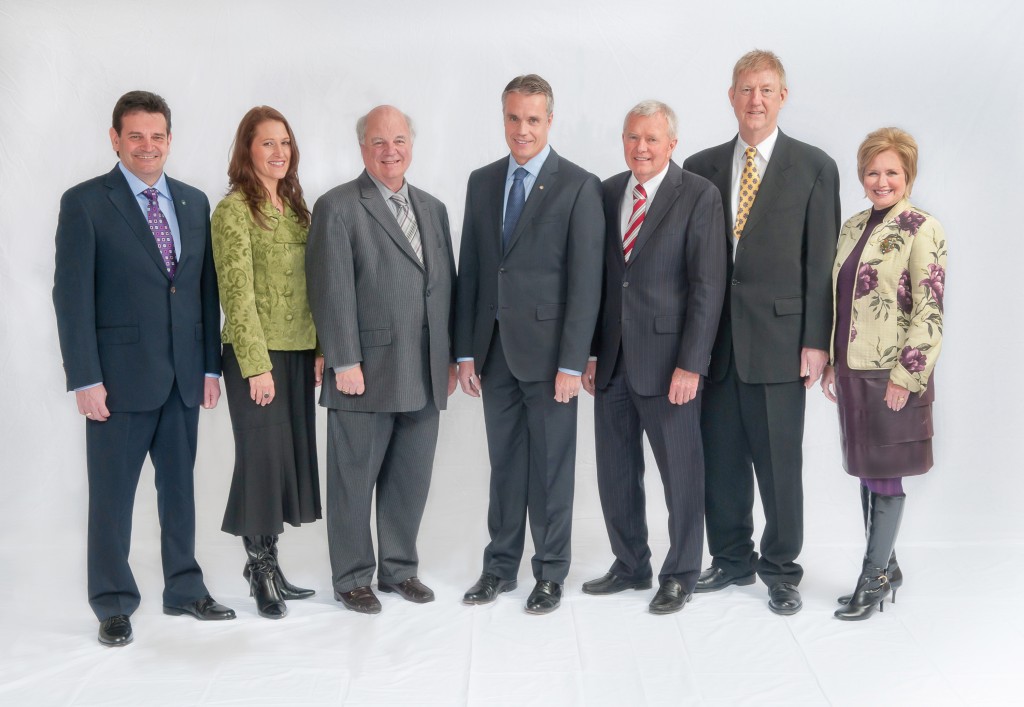
This is the crew that is going to have to look at the staff report and then stand up and do the best thing for the people that put them in office – that will call for them to work ad a team – not something that is seen very often.
Lessons learned in previous studies point to the following key success factors: There has to be support at a very high level – city Councillors have to be behind any changes.
There has to be a willingness to accept at least a degree of change, which amount to some political courage and real leadership. Burlington has always been a little short on political courage.
There has to be a balance of technical analysis, best practices and policy guidance. That policy guidance comes from staff based on the data they collect and the advice they get from the consultants the hire.
Potential Challenges include: Collecting data for wide range of uses; obtaining data from private residential properties; developer input (the developers have to be responsible and pay at least some attention to the greater good and not just their bottom line.
There may be a disconnect between the ideal future standards and current behavior (truer words have not been written. Finally, phasing in parking standards is difficult.
Key Issues for Study
• Parking issues differ across user groups and land uses
• Balancing the needs and concerns of a diverse group of stakeholders is a concern
• The city anticipates parking pressure from downtown redevelopment.
• The unclear future of emerging trends in transportation technology and their impacts on parking requirements is not something easily known.
The consultation process is:
• To gain an understanding of the issues that residents, business owners, developers, etc. face in regard to parking and parking standards;
• To gain an understanding of the potential effectiveness of changes to parking standards in making more efficient use of parking, supporting transit-oriented development, and other policy objectives; and
• To gain buy-in from the business and development community, ratepayers, and other interest groups on proposed parking standards.
With the Strategic Plan about to get a blessing from city council staff will begin to fit the role transportation is going to play in the way Burlington will get grown during the next 25 years.
Work on the Official Plan can go forward with more precision now that the Strategic Plan is in place. The Transportation Master Plan will get re-shaped and not exist as a plan that does not fit in tightly with everything else. This is going to be a new experience for the bureaucrats – city manager James Ridge has made it clear that his approach to managing the growth of the city is to always be looking at the complete picture.
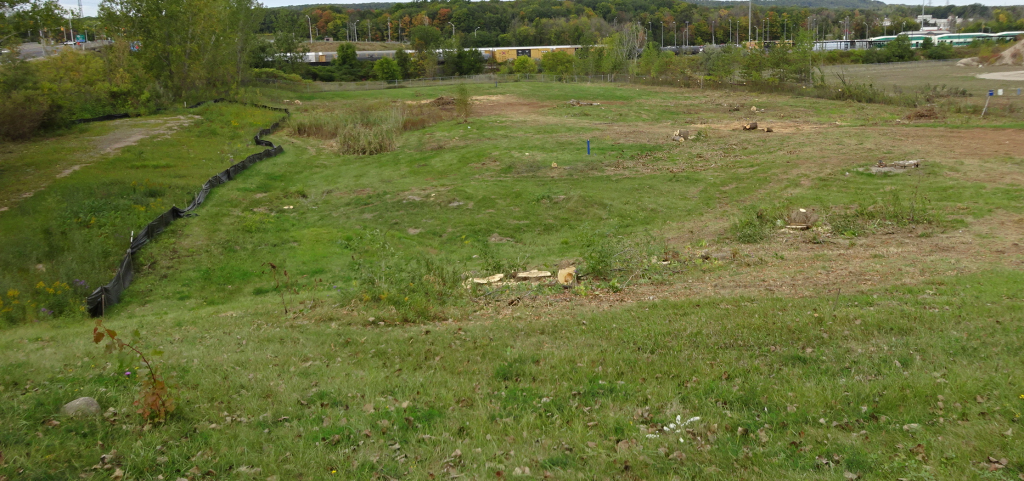
It’s an empty field right now – in a very short period of time it will be a very busy construction site with stacked townhouses and apartment/condo towers – with not that much in the way of public space. All being done legally.
The city has come to the conclusion that it will have a number of mobility hubs and appear to be being forced by a developer in the west end to go with the Aldershot GO station as the first hub – even though for the sake of the city – Aldershot may not make the most sense.
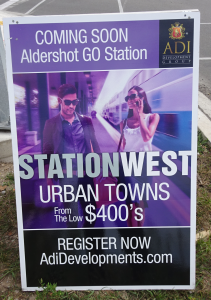
The Station West development yards from the Aldershot GO station is being actively marketed by the Adi Development group.
The problem is a developer is racing ahead with plans that the city has to climb on board with or get left behind. Quite how Burlington got itself in this bind is going to take some analysis – and if there are planning tools that can give the city more leverage – someone better find then and learn how to use them quickly.
Wednesday night the public gets a chance to make its views known. We need to do this right the first time – once decisions are made – there is no going back. We haven’t done all that well with transportation issues in the past.


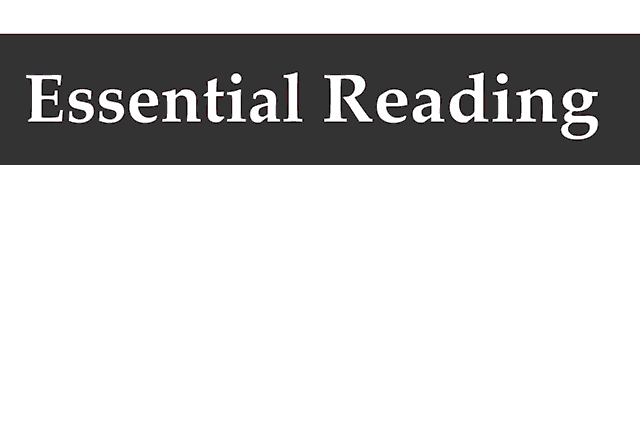












Presently the biggest and best mass transportation system we have is the private automobile. Reducing parking spots or making them smaller is not going to change the amount of cars in Burlington. Someone needs to come up with a more efficient mass transit before things can or will change/
Completed the survey.
One major overlooked area, Joseph Brant Hospital.
Currently under re-construction plus additions, the parking garage was the first completed. Problem is the location is often full by 07:30! What was the back parking lot is now housed in the parking garage! Was there thought to doubling or tripling the size of said garage, either outwards or upwards?
And with cancer treatment patients occupying additional spaces (or marked as such) in the present northeast lot, there are less parking spaces available for the visitor. Not all of us take transit; most drive their own vehicles for various reasons, either for specialty tests or to visit
somebody in bed at the hospital.
So what happened in Portland Organ:
City council and staff kept reducing the amount of parking in new developments proposing new residents would not need cars. People brought there cars anyway so eventually overnight parking was allowed on city streets (already being proposed in Burlington). The result: Subdivisions transformed into massive parking lots. People call the permits “hunting permits” as you have the right to “look” for parking, but may never find it.
A recent article in the economist magazine notes portland is no longer growing apace with similar sized cities in Texas. Probably showing people are shying away from this mess of a city that has been created.
In Burlington you already have Clapson’s Corners and other heavy lift retailers setup to service the next 20 years of customers along highway 5. I’m all for taking a sensible look at reducing parking standards IF alternatives are in place that make it unused. But you can’t just declare that though people want to drive they “just can’t” and expect businesses to work in that area. You need to provide excellent access to cars AND pedestrians AND transit users. All 3 types of customers will always exists.
The correct course forward is to ADD IN and excellent experience for pedestrians and transit users – NOT pretend that removing cars from the equation creates some utopia.